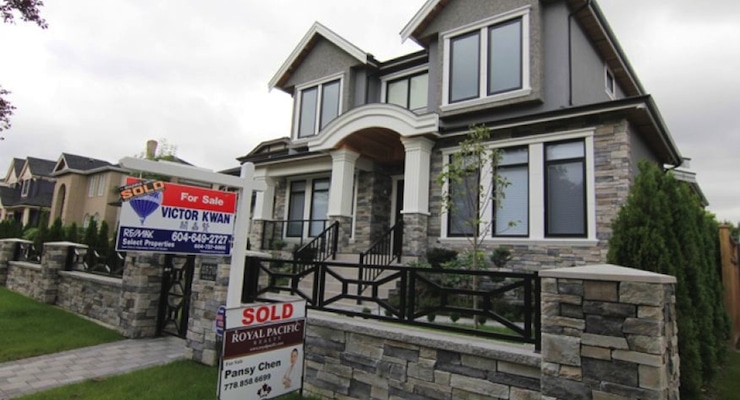

(Photo: REUTERS)
The National Association of Realtors said Thursday existing home sales in the U.S. fell by 3.3 percent to an annual rate of 5.04 million units. Wall Street was expecting an increase to 5.24 million units, according to a poll of economists conducted by Reuters.
“April’s setback is the result of lagging supply relative to demand and the upward pressure it’s putting on prices,” said Lawrence Yun, the chief economist at NAR. “However, the overall data and feedback we’re hearing from Realtors® continues to point to elevated levels of buying interest compared to a year ago. With low interest rates and job growth, more buyers will be encouraged to enter the market unless prices accelerate even higher in relation to incomes.”
The number of homes on the market last month fell 0.9 percent from a year earlier, helping push the median home price up 8.9 percent from the same month in 2014. However, inadequate inventories pushed prices higher, while March’s sales pace was revised up to 5.21 million units from the previously reported 5.19 million units.
“Housing inventory declined from last year and supply in many markets is very tight, which in turn is leading to bidding wars, faster price growth and properties selling at a quicker pace,” says Yun. “To put it in perspective, roughly 40 percent of properties sold last month went at or above asking price, the highest since NAR began tracking this monthly data in December 2012.”
The percent share of first–time buyers remained at 30 percent in April for the second consecutive month. First–time buyers represented 29 percent of all buyers in April 2014, only a slight gain despite the increase in risk the government is artificially injecting into the housing market.
Distressed sales4 — foreclosures and short sales — were 10 percent of sales in April, unchanged from March and below the 15 percent share a year ago. Seven percent of April sales were foreclosures and 3 percent were short sales. Foreclosures sold for an average discount of 20 percent below market value in April (16 percent in March), while short sales were also discounted 14 percent (16 percent in March).
Still, NAR President Chris Polychron, the executive broker with 1st Choice Realty in Hot Springs, Ark., continued to advocate for a grace period through the end of 2015, which would delay enforcement of the new rules set up by the Consumer Financial Protection Bureau’s Real Estate Settlement and Procedures Act and Truth in Lending Act.
“There likely will be bumps in the closing process while all parties get used to the new requirements,” he said. “We hope that the move away from the HUD–1 is smooth, but even if only 10 percent of transactions experience closing issues, that’s as many as 40,000 transactions a month.”
Regional Breakdown
April existing–home sales in the Northeast declined 3.1 percent to an annual rate of 620,000, but are 1.6 percent above a year ago. The median price in the Northeast was $253,200, which is 3.6 percent higher than April 2014.
In the Midwest, existing–home sales increased 1.7 percent to an annual rate of 1.22 million in April, and are 13.0 percent above April 2014. The median price in the Midwest was $173,700, up 11.4 percent from a year ago.
Existing–home sales in the South declined 6.8 percent to an annual rate of 2.04 million in April, but are still 3.6 percent above April 2014. The median price in the South was $189,400, up 8.5 percent from a year ago.
Existing–home sales in the West decreased 1.7 percent to an annual rate of 1.16 million in April, but are still 6.4 percent above a year ago. The median price in the West was $318,700, which is 10.0 percent above April 2014.






